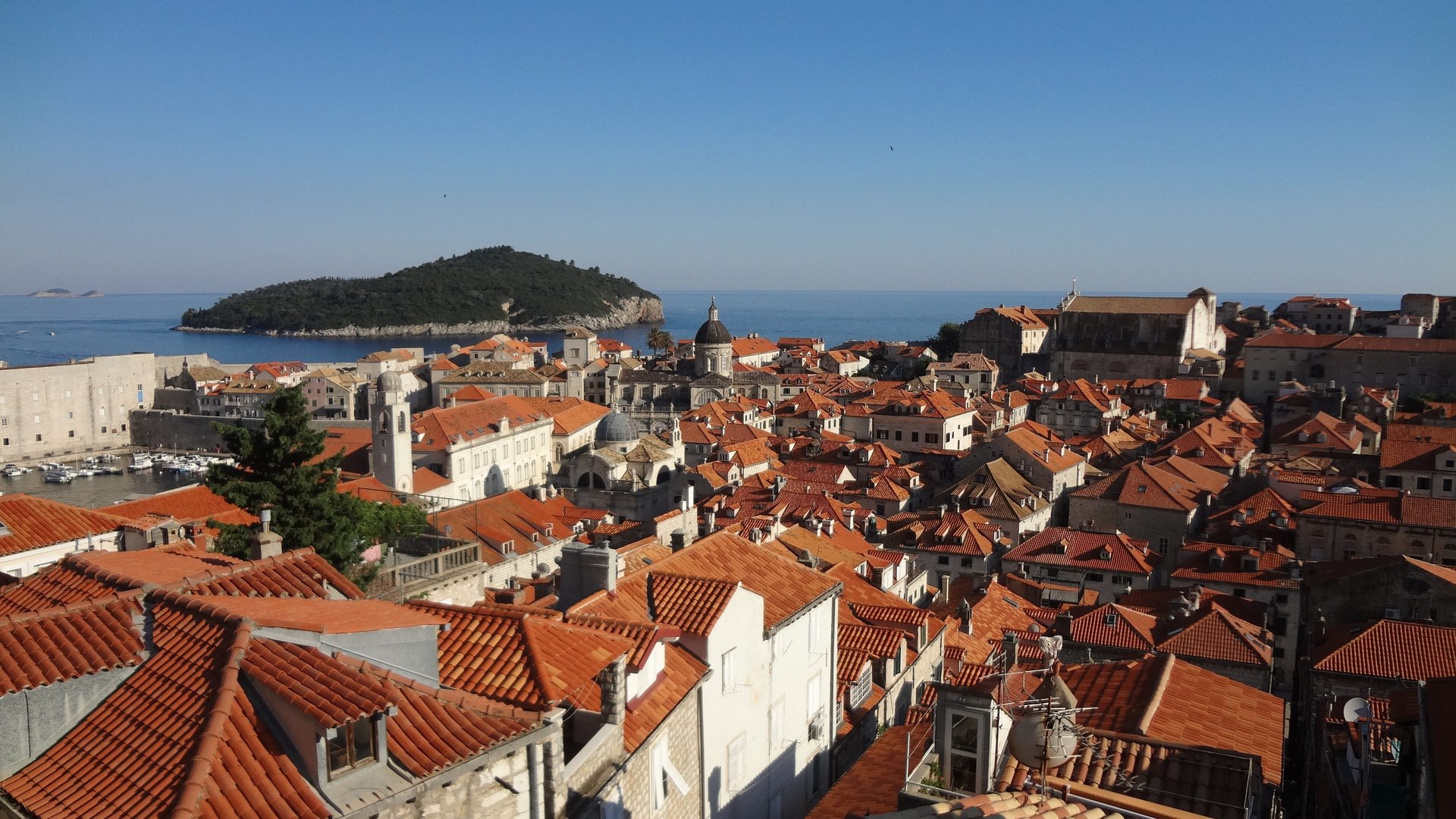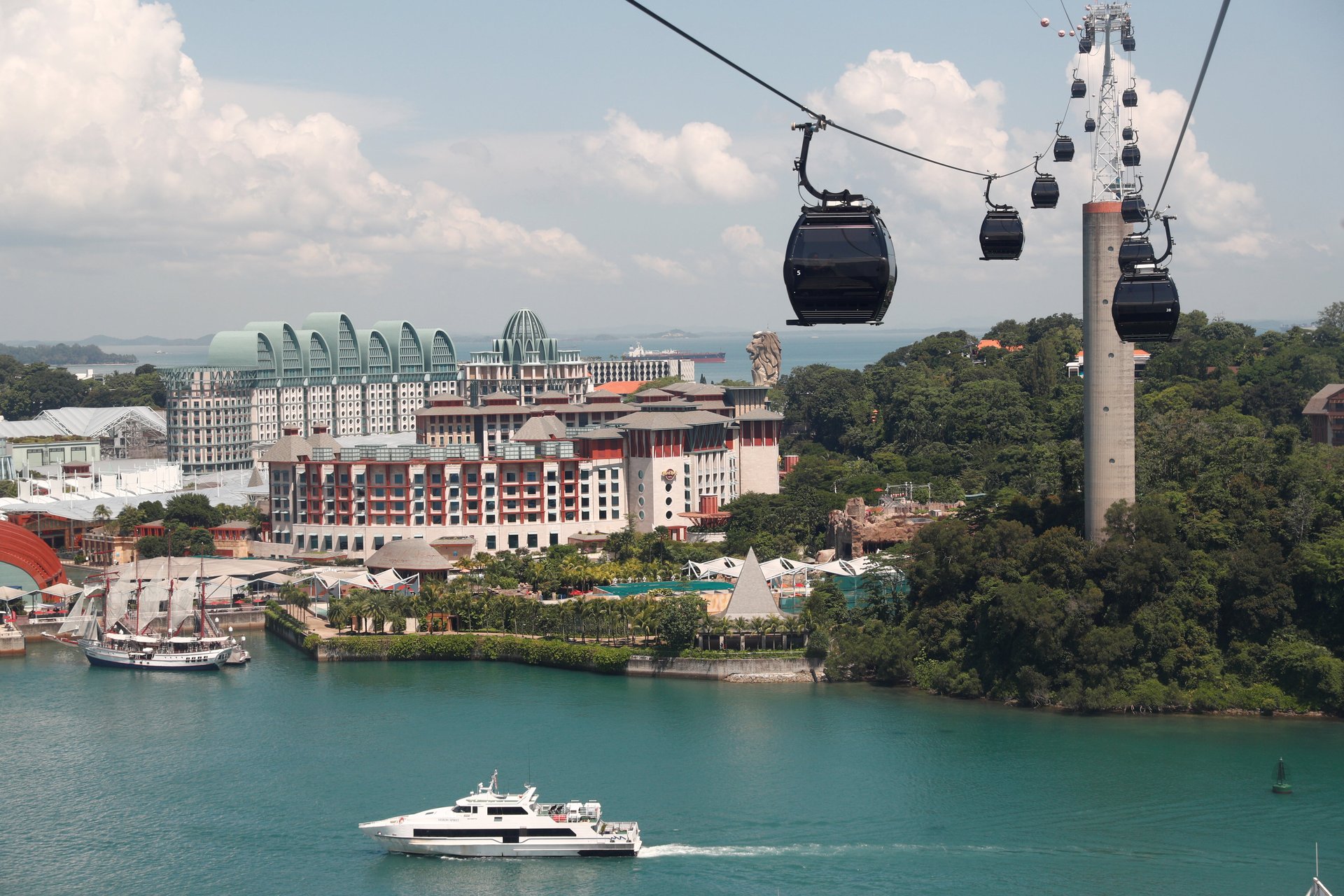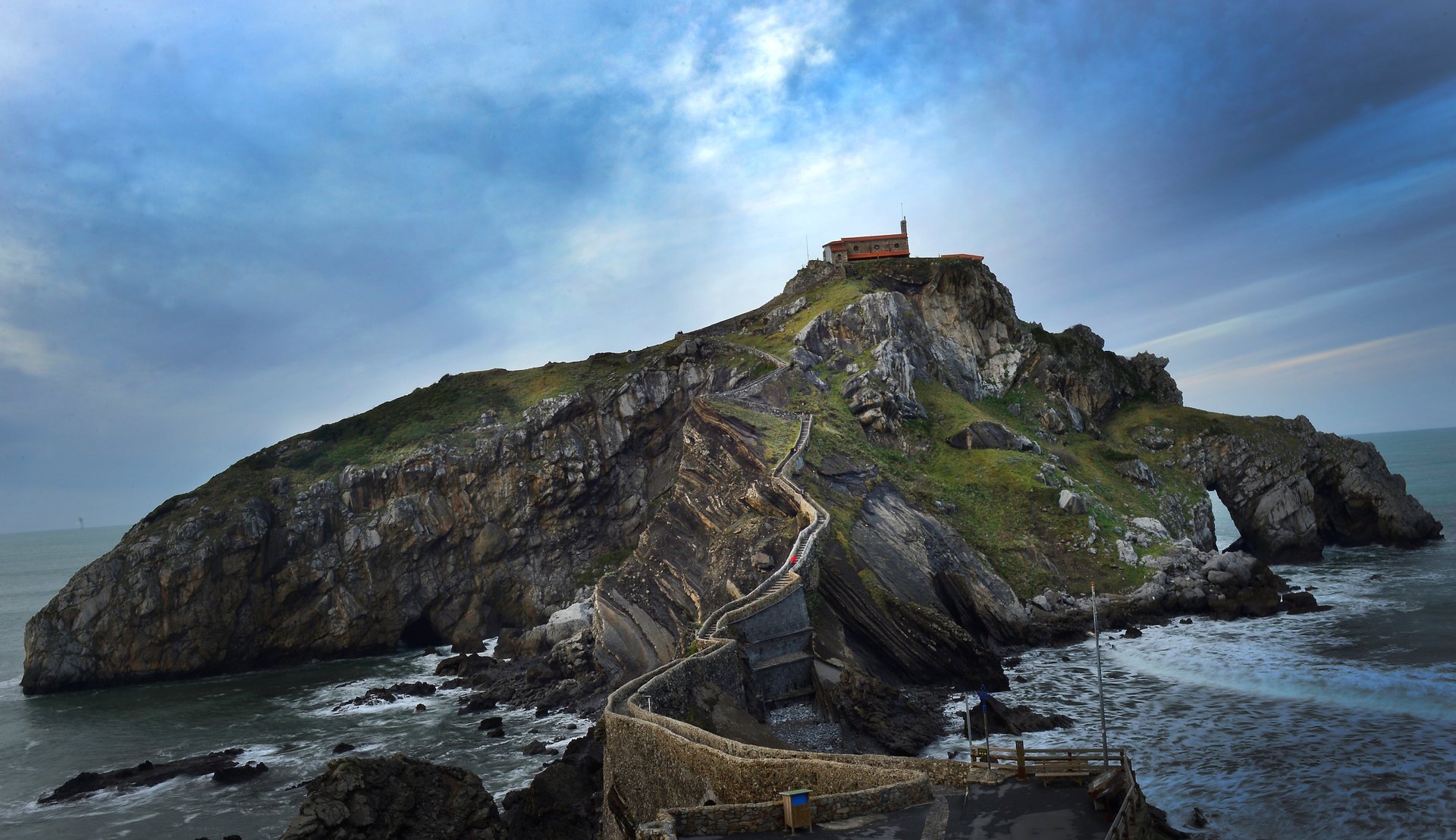From “Game of Thrones” to “Mamma Mia,” set-jetting tourism is everywhere
If you want to know where next year’s most in-demand travel destination may be, just look at the next few month’s releases of movies and TV shows.


If you want to know where next year’s most in-demand travel destination may be, just look at the next few month’s releases of movies and TV shows.
The “set-jetting” trend—travelers seeking out destinations they’ve seen in movies and shows—seems to be having a bit of a moment, and tourism boards are scrambling to make the most of it. The Croatian island of Vis eagerly anticipated the so-called “Mamma Mia effect”; Game of Thrones has irrevocably changed tourism in the ancient Croatian city of Dubrovnik; and with last week’s release of Crazy Rich Asians, the Singapore tourism board ramped up its efforts to lure set-jetters eager to experience the lavish lifestyle depicted in the film.

Set-jetting is not a new phenomenon. The sets in the Tunisian desert that director George Lucas built for the planet of Tatooine in the first Star Wars film have been the site of fan pilgrimages for decades. A Guardian article from 2005 reports that “27% of Britons say they have chosen holiday destinations as a result of reading about them in a novel or seeing them in a movie or TV series.” And of course cities like New York, LA, and London have always lured set-jetters, thanks to the sheer number of screen-based storylines that take place there. But today’s dizzying array of content—as we call it in 2018—seems to be making the trend go wild, with higher quality television series appearing on more platforms serving as inspiration.
The prime example of this, of course, is the aforementioned Game of Thrones. In addition to Croatia, the series was filmed in parts of Spain, Northern Ireland, and Iceland, a country that saw a staggering increase in tourism in the past ten years—no doubt spurred in part by the series. In addition, Vogue reported that Monterey, California had seen a bump in tourism since Big Little Lies premiered (those visitors might be disappointed to learn that much of it was filmed in Malibu and Big Sur); and the British seaside region of Cornwall has had an influx of international visitors thanks to the BBC period drama series Poldark.

It’s tempting to blame set-jetting for the crisis of overtourism that seems to be gripping some of the same cities where it’s so visible. Indeed, some recent articles have done just that. But in fact, the crisis of overtourism has much more to do with the increasing accessibility of global travel, and the failure of governments to regulate the tide of tourism. It’s a confluence of factors that has nothing to do with movies or TV shows: low-cost carriers offering low fare tickets; the rise of China’s middle class; currency fluctuations; the ever-increasing capacity of mega cruise ships; and the ubiquity of a largely unregulated Airbnb.
Sure, a blockbuster set in a sleepy seaside town can send it a hoard of obnoxious cinephile tourists, but locals may welcome that business. And ultimately, if art opens the world up and inspires people to explore it—that’s not such a bad thing.